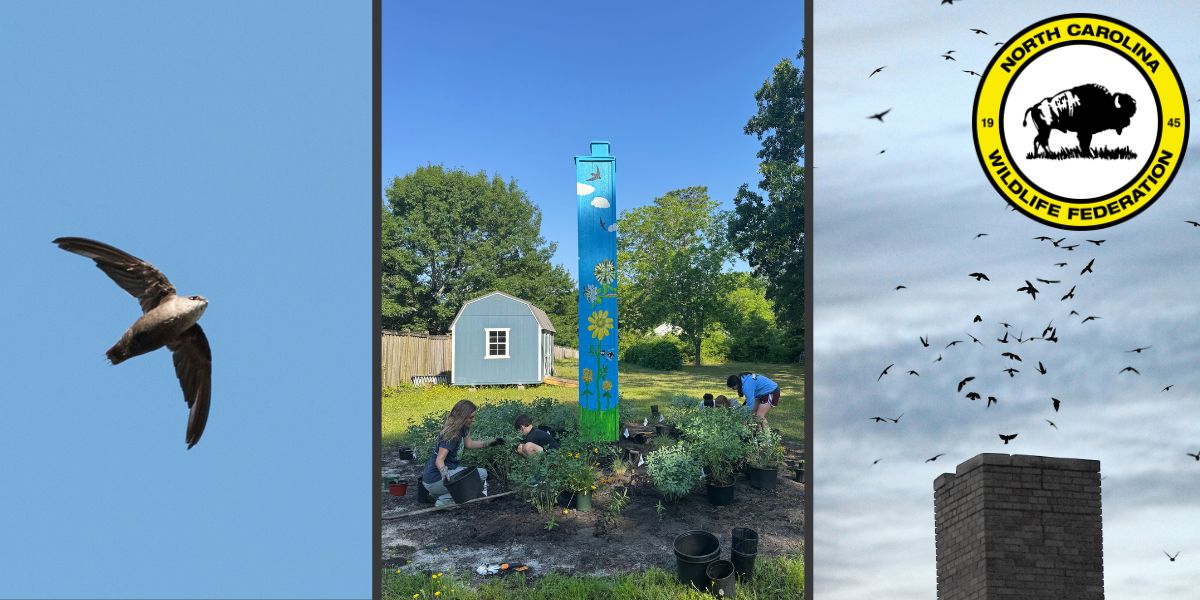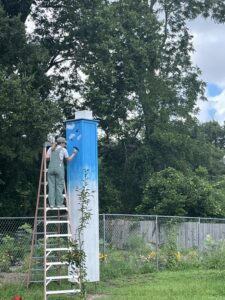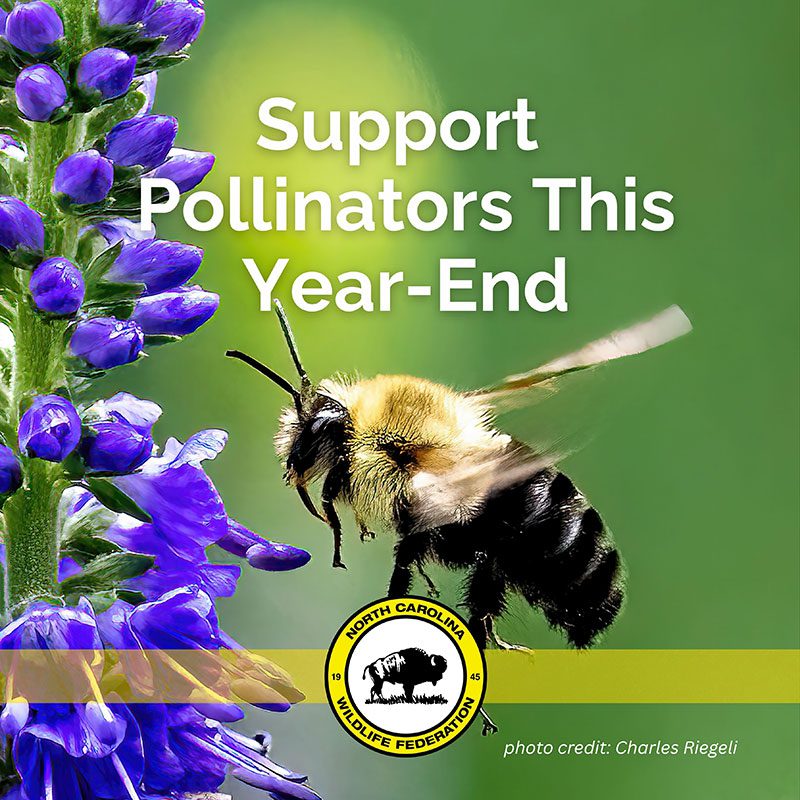Eyes to the Sky – Building Chimney Swift Towers in Coastal North Carolina

With your eyes to the sky around sunset, you may see small, bat-like birds swooping and swiveling. With their torpedo shaped body, they glide through the sky like part of the wind themselves. 8,000 feet up, the chimney swift, one of the longest airborne species, watches as millions of acres of their habitat are sold for profit. Roots ripped from soil stain rivers brown with sediment,  choking out invertebrate species. Chimney caps and gas heaters take what once provided finite sanctuary and shut the doors, with no alternative. From the jet stream looking down, there’s not much home left for these social, chittering acrobats. Banished to the sky, what remains of their nesting sites are paved over and tired wings search for any fragment of habitat left untouched by pesticides and urbanization.
choking out invertebrate species. Chimney caps and gas heaters take what once provided finite sanctuary and shut the doors, with no alternative. From the jet stream looking down, there’s not much home left for these social, chittering acrobats. Banished to the sky, what remains of their nesting sites are paved over and tired wings search for any fragment of habitat left untouched by pesticides and urbanization.
Three chimney swift towers were built by NCWF, Cape Fear Audubon, and site partners across Wilmington, with funding from the Women’s Impact Network of New Hanover County and Duke Energy, in order to provide alternative habitat for this species of greatest conservation need. Each tower reflects the community surrounding it. At the Longleaf Environmental Learning Center, nestled in an educational forest at the Friends School of Wilmington, sprawling wildflowers with signatures of hidden trinkets decorate the 14 foot, hollow pillar. The tower’s shadow streaks across a bed of native larval host plants; a feast for both migratory and year-round residents.
 The chimney swift tower at Willowdale Urban Farm is an extension of the murals which capture the cultural significance and rich roots of the people whose families have tended to and cultivated the land for centuries. The tower fits in among the other nesting boxes this farm has installed to grow high quality produce and enjoy an abundance of pollinators without using pesticides to feed a community that is frequently overlooked and underfunded.
The chimney swift tower at Willowdale Urban Farm is an extension of the murals which capture the cultural significance and rich roots of the people whose families have tended to and cultivated the land for centuries. The tower fits in among the other nesting boxes this farm has installed to grow high quality produce and enjoy an abundance of pollinators without using pesticides to feed a community that is frequently overlooked and underfunded.
In preparation for revitalizing the seed bank at Maides Park, the third chimney swift tower is surrounded by No mow, No spray signs. Allowing the grass to grow and for the existing species to mature until fall will help create the foundation for an environment where new seeds can grow. Restoring a pollinator meadow at Maides Park protects the Burnt Mill Creek watershed, which makes the Cape Fear River and its tributaries more resilient to frequent and heavy rainfall. As deep roots re-establish, water can be held longer in the soil and be fed to the trees and plants that need it.
Each chimney swift tower mimics the hollow, old growth trees that swifts once used to roost and nest in prior to the centuries of logging which have nearly cleared all old growth forests from New Hanover county. Surrounded by native flora, life cycles of our vital pollinators are supported and birds can enjoy the security of resources: places to raise their young, food, and a community, including their human neighbors, which have rallied around their survival. In the fall, as the swifts head south to overwinter, we hope their flocks will find the towers and perfect their twister-like dive into the tight quarters of their new hollow home.
This article was featured in NCWF’s 2025 Summer Journal.
Sign up now to receive your NCWF Journal subscription!
Written by:

– Page Turner, Conservation Coordinator


